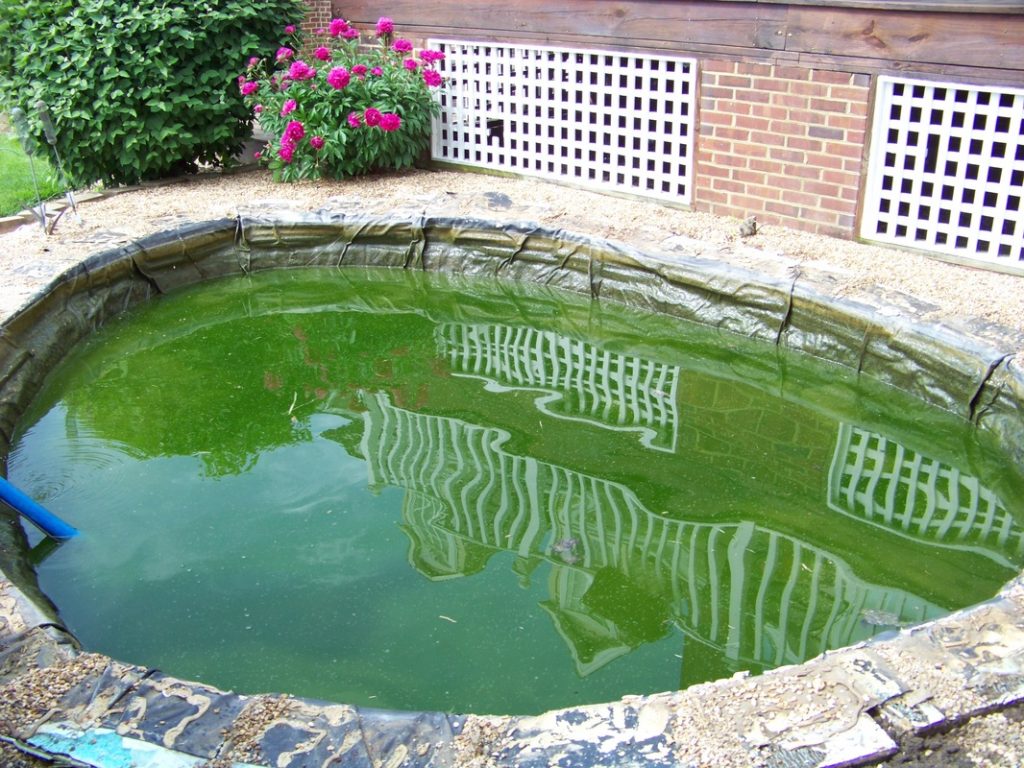Anyone who uses a pond to raise fish, certain edible plants or as a source of emergency water will most-likely have to contend with an algae problem at one point or another. Algae in and of itself isn’t dangerous. Rather, it’s the excessive and uncontrolled-growth can starve water of oxygen and nutrients that support life. Consequently, it’s important to keep algae in check and to inhibit it from taking root in the first place. Let’s look at a few basic steps that we can all take to keep algae under control.
Sunlight
Algae feed off of organic nutrients in the water, but they also need energy from the sun in order to thrive. As a general rule of thumb, backyard or homestead ponds should have a third of the surface area shaded or covered in vegetation such as lily pads. This will help to regulate the amount of sunlight that gets absorbed by the water, and this step alone can prevent a large percentage of outbreaks from occurring.
Organic Matter
Algae also thrive off of decomposing organic matter that is generated by fish waste, other forms of aquatic life as well as from vegetation that dies-off and drifts to the bottom. Fertilizers that get into pond water in the form of runoff following rains are another common trigger for algae growth. All of these things will accumulate over time, alter the chemistry of the water and eventually cause algae to bloom out of control.
Consequently, attentive and preventive maintenance are the best things that we can do to keep pond water from becoming overloaded with organic matter and remaining mostly algae-free. First, consider dredging the deepest parts of ponds from time to time, or skimming the surface in order to capture debris before the material sinks. Second, don’t overload ponds with more fish or vegetation than they are designed to support. If you don’t want to scale back, then consider making a bigger pond. Finally, make sure that you are choosing the right species for the size, depth and geographical location of your pond as well.
It’s also important to consider incorporating plants and critters that will help to keep your pond in balance as well. It may take some research, but it’s not that difficult to populate the pond with life forms that will consume a lot of these wastes and byproducts while starving algae at the same time. Finally, the general consensus is that at least half of the area of the pond should be at least two feet deep in order to reduce the amount of sunlight and heat that accumulates in the water which can fuel algae growth.
Treatments
There are a number of treatment products that normally contain bacteria that feed on the same material as the algae, and this can deprive algae of its food source. However, these microorganisms won’t wreak havoc in ponds by blossoming out of control and choking fish or healthy vegetation. The trick is to find the right ones based on the conditions of your pond, and you may want to consider stocking up on additional supplies to have on hand during an emergency.
At the end of the day, keeping a pond from being overrun by algae involves a little bit of planning, active management and populating it with appropriate fish, critters and vegetation. However, it’s not that difficult once you get the basics down, and these simple steps can help you to get off to a good start.
